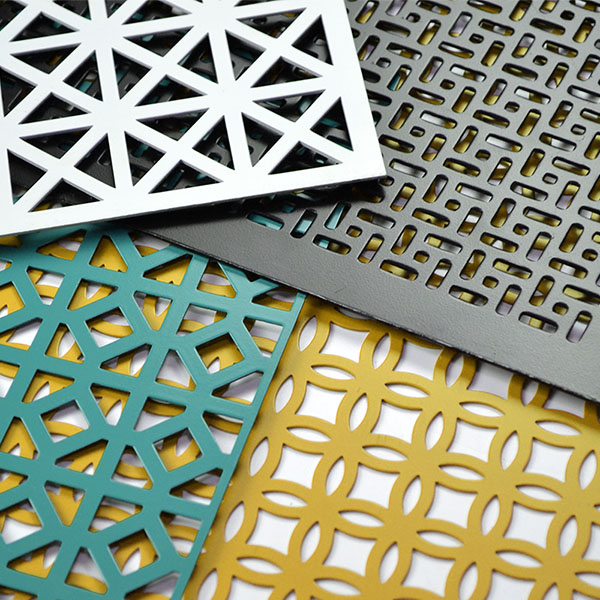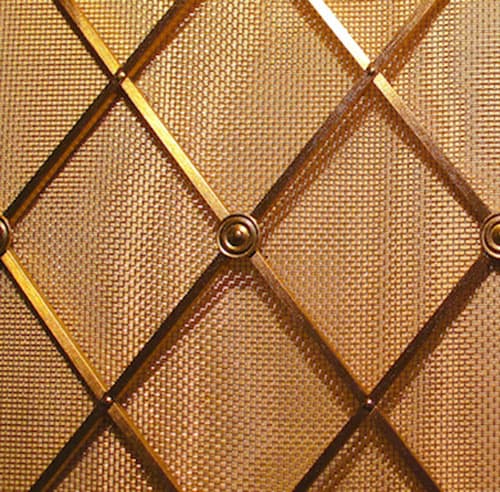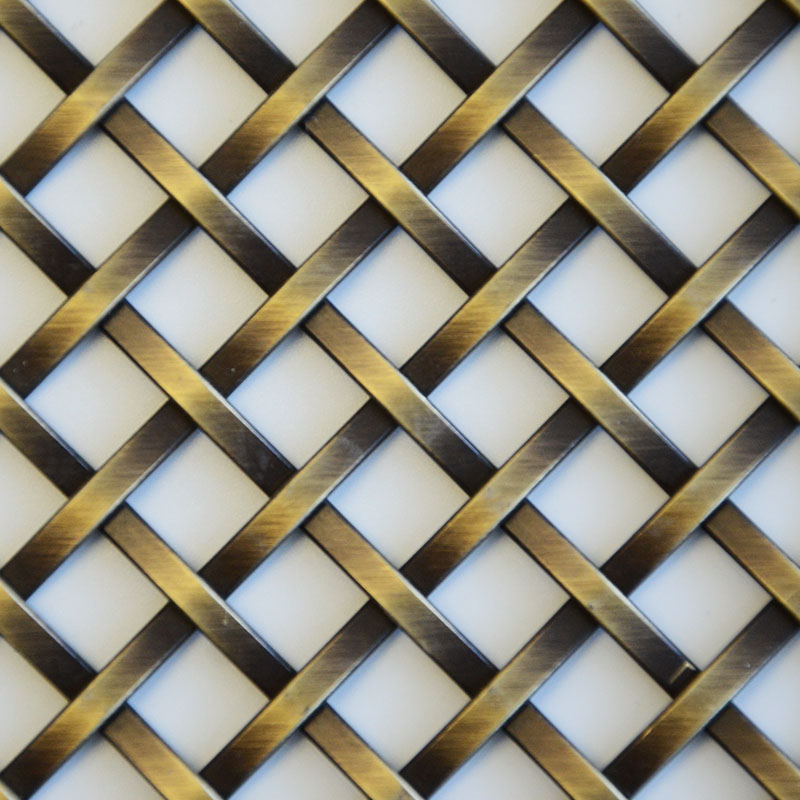Welcome to a world where functionality meets aesthetics! Decorative mesh screens are not just practical; they’re also an incredible way to transform your space. As someone who has embraced this versatile solution in my own home, I’m excited to share my insights and experiences with you.
What is a Decorative Mesh Screen?
A decorative mesh screen is a type of screening made from various materials that provide privacy, security, and style. These screens are often used in residential and commercial settings to enhance the overall design while serving practical purposes. Whether it’s for a patio, garden, or indoor space, decorative mesh screens can offer an elegant solution.
Material Options for Decorative Mesh Screens
- Metal: Rust-resistant aluminum or stainless steel for durability.
- Plastic: Lightweight and available in a variety of colors and patterns.
- Wood: Offers a natural look, ideal for rustic or traditional designs.
- Fabric: Available as outdoor curtains or lightweight screens.
Choosing the Right Material for Your Needs
When selecting a material, consider factors such as climate, durability, maintenance, and the desired aesthetic. In my experience, metal screens are great for long-term use, while fabric options are perfect for adding color and softness to a space.
Benefits of Decorative Mesh Screens
Decorative mesh screens come with a plethora of benefits. Here are some advantages I’ve personally experienced:
1. Enhanced Privacy
Decorative mesh screens provide a level of privacy without completely blocking out light and airflow. This is especially important for outdoor spaces where you want to enjoy your surroundings without feeling exposed.
2. Aesthetic Appeal
These screens add a unique touch to any setting. With countless designs, colors, and materials, it’s easy to find something that complements your decor perfectly.

3. Versatility
They are not limited to outdoor use; decorative mesh screens can also be used in indoor spaces, such as room dividers or as stylish window treatments.
4. Improved Airflow
Unlike solid barriers, mesh screens allow for air circulation while still offering some degree of separation. This is essential in maintaining comfort, especially during warm weather.

Types of Decorative Mesh Screens
There are various types of decorative mesh screens, each serving different purposes. Here’s a breakdown:
1. Outdoor Decorative Screens
These are designed specifically for outdoor use, often treated to withstand the elements.

2. Indoor Decorative Screens
Perfect for creating room dividers or enhancing indoor spaces, these screens come in stylish designs.
3. Security Screens
While decorative, these screens also provide an additional security layer for your home.

4. Temporary Privacy Screens
Great for events or gatherings, these screens can be easily set up and removed.
Comparison Table: Types of Decorative Mesh Screens
| Type | Material | Durability | Best For |
|---|---|---|---|
| Outdoor | Metal, Plastic | High | Gardens, Patios |
| Indoor | Fabric, Wood | Medium | Living Rooms, Offices |
| Security | Metal | Very High | Entry Points |
| Temporary | Fabric, Plastic | Low | Events |

Installation Tips for Decorative Mesh Screens
Installing decorative mesh screens can be straightforward, but a few tips can help ensure a smooth process:
1. Measure the Area Properly
Before purchasing, take precise measurements to ensure a perfect fit. I made this mistake once, and it resulted in unnecessary returns!

2. Gather the Right Tools
Having the right tools on hand—like a drill, screws, and mounting brackets—will make the installation much easier.
3. Follow Manufacturer Instructions
Always refer to the installation guide provided by the manufacturer for step-by-step instructions.
4. Consider Professional Help
If you’re unsure about the installation, hiring a professional can save time and potential headaches.
Maintenance of Decorative Mesh Screens
Keeping your decorative mesh screens looking fresh and functional is essential. Here are some maintenance tips:
1. Regular Cleaning
Use a soft cloth or sponge with a mild detergent to clean your screens regularly. This prevents dirt build-up and maintains their appearance.
2. Inspect for Damage
Periodically check for any signs of wear or damage, especially on outdoor screens that are exposed to the elements.
3. Repair as Needed
Address any issues immediately to avoid larger problems down the road. Many repairs can be done DIY if you’re comfortable with tools.
Pros and Cons of Decorative Mesh Screens
| Pros | Cons |
|---|---|
| Stylish design options | May be less effective for complete privacy |
| Allows airflow | Limited security in some designs |
| Durable materials available | Can require maintenance over time |
| Versatile applications | Installation can be challenging for some |
Decorative Mesh Screens in Interior Design
Incorporating decorative mesh screens into your interior design can be a game-changer. Here are some ways to use them effectively:
1. Room Dividers
Use them to create distinct spaces in open-concept living areas. They can serve as stylish partitions, maintaining an open feel while providing separation.
2. Window Treatments
They can be hung as an alternative to traditional curtains, offering a modern twist while still controlling light and privacy.
3. Decorative Backdrops
A decorative mesh screen can create stunning backdrops for photos or events, adding texture and depth.
Frequently Asked Questions (FAQs)
What are the common uses of decorative mesh screens?
Decorative mesh screens are versatile and can be used for privacy in outdoor spaces, as room dividers indoors, as window treatments, or as decorative backdrops for events.
Are decorative mesh screens weather resistant?
Many decorative mesh screens are made from weather-resistant materials, particularly metal and treated plastic, making them suitable for outdoor use. Always check the specifications before purchasing.
How do I clean my decorative mesh screen?
Use a mild detergent and a soft sponge or cloth for cleaning. Avoid harsh chemicals that might cause damage.
Can I install decorative mesh screens myself?
Yes, with the right tools and guidance, you can install them yourself. However, if you are not comfortable, hiring a professional is a good option.